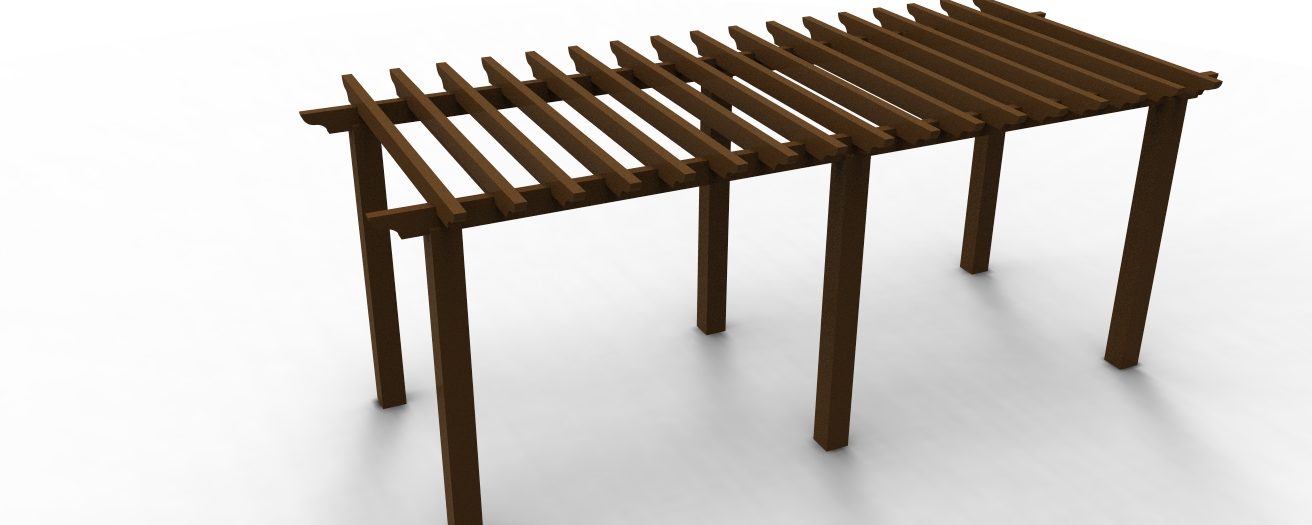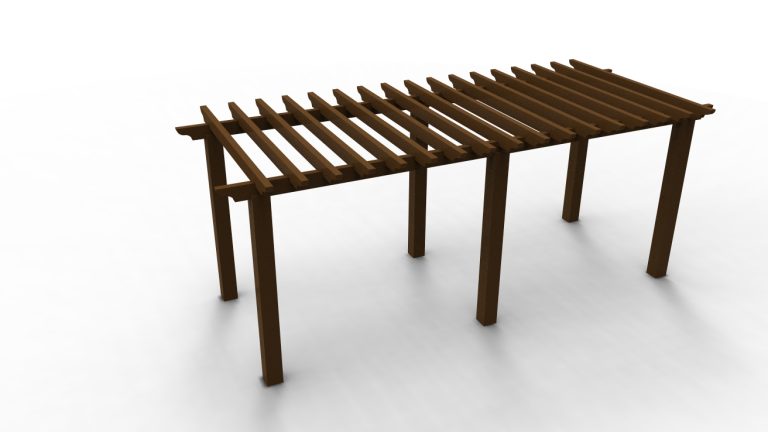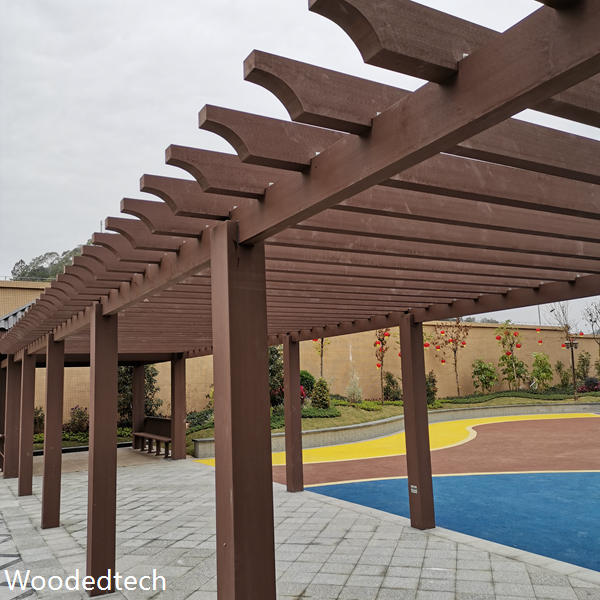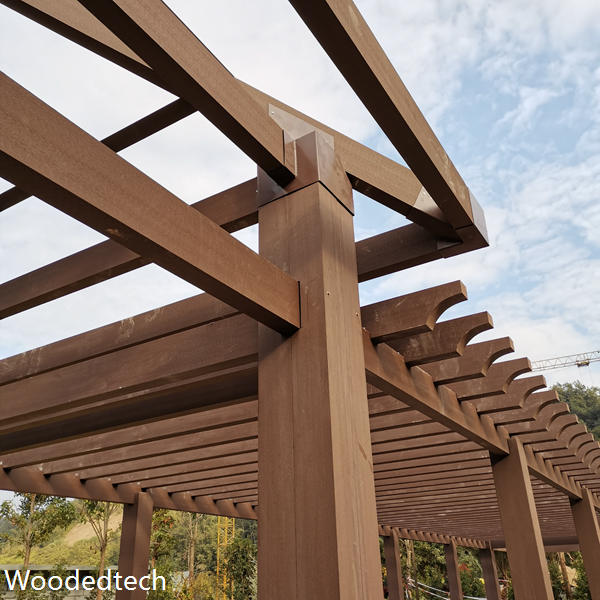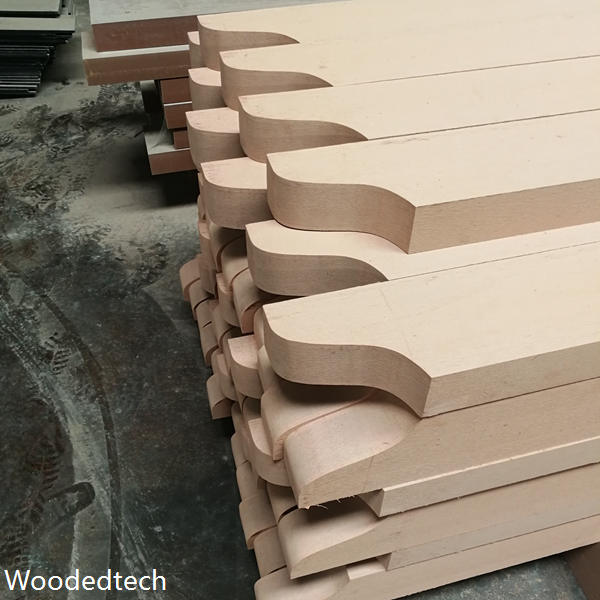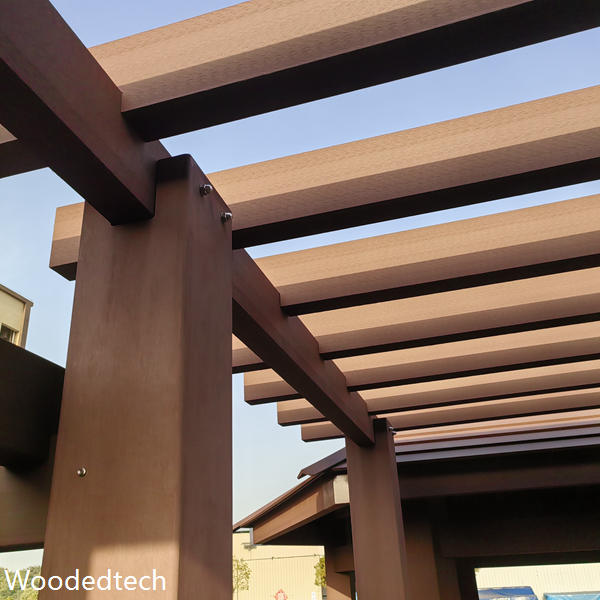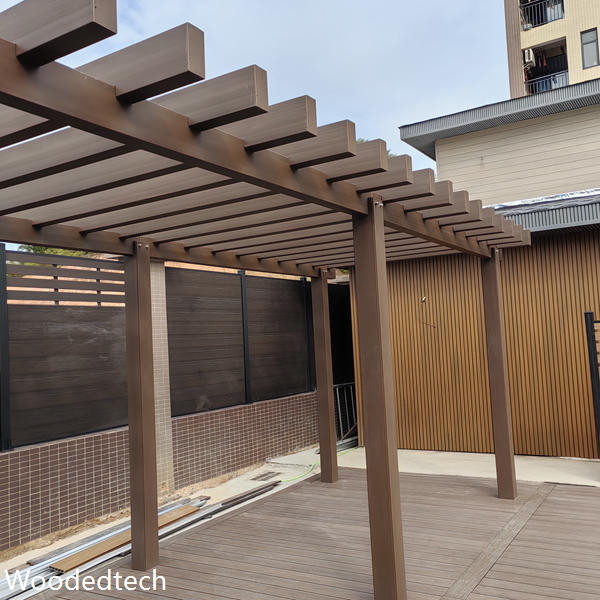Innovative Walkway Cover Composite Wood Plastic Designs
Innovative Walkway Cover Composite Wood Plastic Designs
The construction industry is continuously evolving, and one of the most significant advancements has been the development of composite materials, particularly in the design and manufacturing of walkway covers. Among these innovations, composite wood-plastic designs stand out due to their unique combination of aesthetic appeal and functional durability. The production process, characterized by high-temperature and high-pressure molding, plays a crucial role in ensuring the superior quality of these materials.
Composite wood-plastic materials are created by combining wood fibers with plastic polymers, resulting in a product that captures the best qualities of both elements. The wood fibers provide natural beauty and texture, while the plastic components contribute to enhanced durability and resistance to environmental factors. This fusion allows for the creation of walkway covers that not only look appealing but can also withstand the rigors of daily use, making them suitable for both residential and commercial applications.
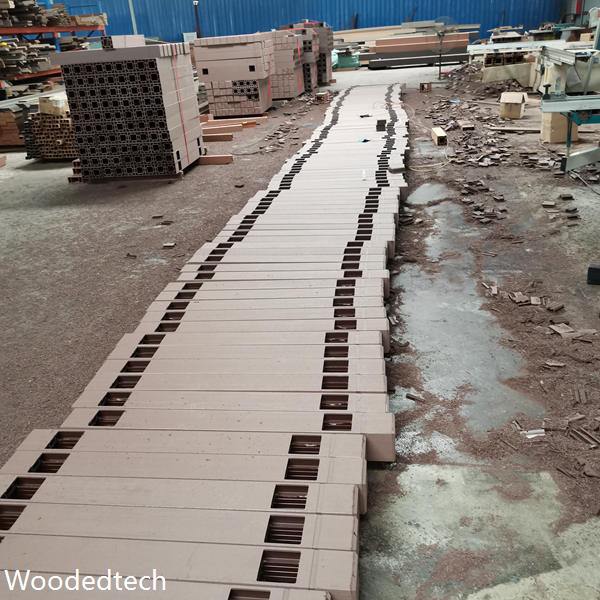
The production technique employed in crafting these composite materials is crucial to their overall performance. The high-temperature and high-pressure molding process ensures that the components are fused together effectively, creating a solid and homogeneous material. During manufacturing, the wood fibers are mixed with plastic resin and subjected to intense heat and pressure. This process not only facilitates the thorough blending of materials but also allows for the elimination of air pockets, enhancing the structural integrity of the final product.
One of the primary advantages of using high-temperature and high-pressure molding is the ability to achieve a high-density composite material. This density is essential for producing walkway covers that can bear significant loads without deforming or cracking. The resulting products exhibit excellent mechanical properties, including resistance to bending and compressive strength, making them ideal for high-traffic areas.
Moreover, the high-pressure environment during molding helps to optimize the bonding between wood fibers and plastic resin. This strong bond contributes to the durability of the walkway covers, making them resistant to warping, rotting, and insect infestations, which are common issues with traditional wood materials. As a result, these composite designs require less maintenance and have a longer lifespan compared to conventional wood or plastic materials.
In addition to their functional attributes, composite wood-plastic walkway covers offer a range of aesthetic possibilities. The versatility of the material allows for various finishes, colors, and textures, enabling designers to create solutions that complement different architectural styles. Whether it is a rustic wooden appearance or a sleek modern finish, the adaptability of composite materials ensures that walkway covers can enhance the overall look of any environment.
Another significant benefit of using composite wood-plastic materials is their environmental impact. The production process often incorporates recycled plastics and wood fibers, making it a more sustainable option compared to traditional materials. By repurposing waste materials, manufacturers contribute to reducing landfill waste and minimizing the demand for virgin resources. Additionally, the durability of composite materials leads to less frequent replacements, further decreasing their ecological footprint.
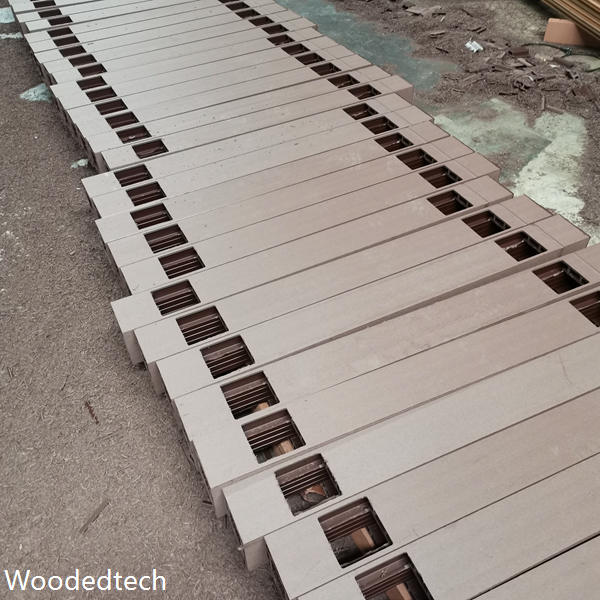
Safety is another critical consideration in the design of walkway covers. Composite wood-plastic materials can be engineered to include slip-resistant surfaces, making them safer for pedestrians, particularly in wet or icy conditions. This feature is especially important in public spaces, where safety regulations are stringent, and the risk of accidents needs to be minimized.
The application of composite wood-plastic designs is not limited to walkways alone. These materials can be utilized in various outdoor settings, including patios, decks, and garden pathways. Their resistance to moisture and UV rays makes them suitable for outdoor installations, where traditional materials often fail to perform adequately over time. By offering a reliable and visually appealing alternative, composite materials are becoming increasingly popular in landscaping and outdoor design.
As the demand for innovative and sustainable materials grows, the production of composite wood-plastic walkway covers is poised for continued expansion. Advancements in technology and manufacturing processes will likely lead to even more refined products with enhanced performance characteristics. The combination of high-temperature and high-pressure molding techniques will remain central to achieving the high-quality standards that consumers expect from modern walkway solutions.
The future of walkway design is undoubtedly tied to the evolution of composite materials. As manufacturers continue to explore new formulations and production methods, the possibilities for creativity and sustainability in walkway covers are virtually limitless. By prioritizing quality, durability, and aesthetic appeal, the industry can provide consumers with superior products that meet the demands of contemporary architecture and lifestyle.
